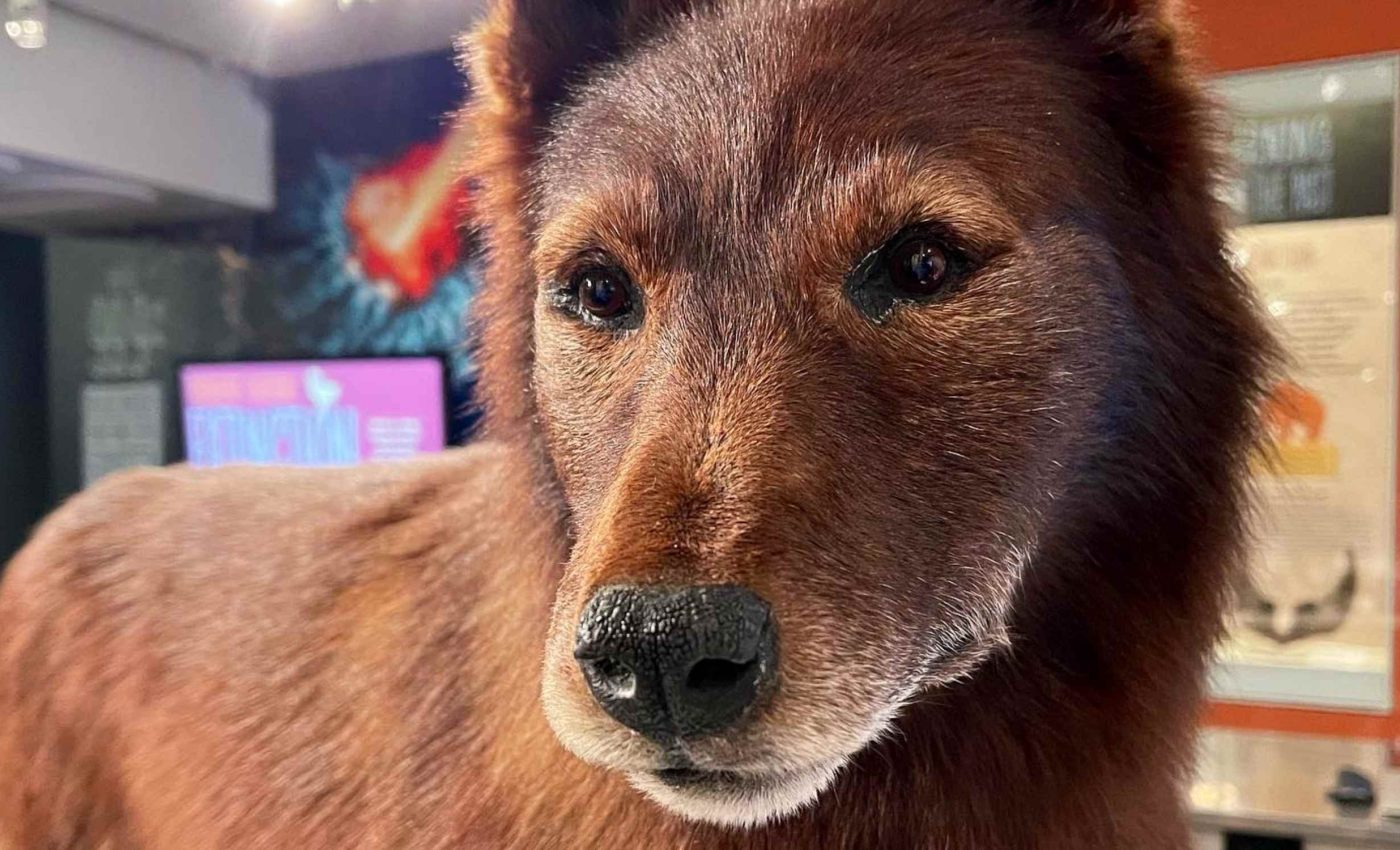
Science reveals the genetic secrets of Alaska's canine hero, Balto, after 100 years
A century after the 1925 serum run to Nome, Alaska, scientists have read Balto’s DNA to learn what made this dog hero so resilient.
The study compared one historic sled dog to data spanning hundreds of modern dogs and 240 mammals, then traced traits tied to endurance and health.
The team found that Balto carried fewer potentially harmful genetic changes than many purebred dogs today. He also had no wolf ancestry, despite a long running myth to the contrary.
Why Balto still matters
Katherine L. Moon of the University of California, Santa Cruz (UCSC) led the analysis, working with collaborators who stewarded Balto’s preserved remains in Cleveland. Her team used modern tools to recover genetic clues from an animal that died in 1933.
In winter 1925, mushers relayed diphtheria antitoxin across Alaska to stop an outbreak in Nome. Balto led the final leg to the town’s hospital and became a public symbol of grit.
Balto’s mount is on display at the Cleveland Museum of Natural History, a reminder that a well preserved specimen can still teach new science.
His story often stirs debate about credit among teams and dogs, yet the new genetics study asks a different question. What inside Balto’s DNA matched the brutal work he did outside.
Sequencing Balto’s DNA
A new study sequenced Balto’s genome, the complete set of genetic instructions, and compared it to hundreds of modern dogs. The researchers then inferred traits such as size, coat, and diet linked genes.
The analysis placed Balto closest to Alaskan working sled dogs and Siberian huskies, with no measurable wolf ancestry. That result aligns with photographs and his preserved body rather than movie lore.
To flag important DNA, the team used the Zoonomia resource that aligns the genomes of 240 mammals. Regions conserved across many species are more likely to matter for health and function.
“Balto’s fame and the fact that he was taxidermied gave us this cool opportunity 100 years later to see what that population of sled dogs would have looked like genetically and to compare him to modern dogs,” said Moon.
Health, diversity, breeding
Balto and modern working sled dogs carried fewer rare, damaging changes in protein coding DNA. One class of these, missense variants, mutations that swap one amino acid for another, appeared at lower burden than in many show bred dogs.
The study also found evidence of broader genetic diversity compared with several modern breeds. Shorter runs of homozygosity, long identical DNA stretches that signal inbreeding, supported that picture of healthier variation.
Selective breeding for performance can remove mutations that interfere with stamina or coordination. Selecting mainly for appearance can miss those fitness checks, which may let risky variants persist.
Trait predictions from DNA painted a small, quick dog with a double coat and dark coloration. Historical images and the taxidermied mount match those calls from the data.
Food, fuel, and the starch story
Prior research links higher copy numbers of the dog amylase gene AMY2B, a gene that produces a starch digesting enzyme, to stronger starch digestion. Many modern dogs carry several copies of this gene, which boosts enzyme levels.
Balto likely had fewer copies, duplicate gene segments within the genome, than many dogs living today. That still placed him above wolves and Greenland sled dogs in terms of starch handling, according to the new paper.
Another gene, MGAM, which helps break down starch late in digestion, showed dog specific features in Balto rather than wolf-like forms. That pattern fits a mixed diet where some starch is present even when meat remains central.
Taken together, these findings suggest a metabolism tuned for hard work in cold places. He was not a kitchen scavenger, yet he could use extra calories when food sources shifted.
Balto’s DNA variants
The investigators scored which DNA bases are conserved across species to infer biological importance. That approach is called evolutionary constraint, a measure of positions that change little over time.
Comparative analyses let researchers estimate how a single animal’s mutations might act without running experiments on that long gone dog. Balto’s variants clustered in genes tied to tissue development, including bone and skin.
The study used machine learning built on dog height genetics to predict Balto’s stature. It landed within the modern husky range, consistent with photos and historic notes.
One result matters for owners and breeders today. Genetic diversity and selection for performance can align with lower burdens of risky variants, a signal to value function over strict looks.
Next steps for comparative genomics
This work shows how museum specimens anchor scientific tests. A century later, careful sampling from preserved skin can still recover accurate data.
Zoonomia and similar efforts expand the baseline needed to interpret past and present DNA. That is the power of comparative genomics, studying many species together to reveal shared biology.
Future studies can repeat this recipe for other historically important animals. They can also test how breed standards and working needs shaped today’s dogs.
Insights from one famous sled dog now ripple into conversations about canine health. They also give teachers a factual story to share with students learning genetics.
The study is published in Science.
—–
Like what you read? Subscribe to our newsletter for engaging articles, exclusive content, and the latest updates.
Check us out on EarthSnap, a free app brought to you by Eric Ralls and Earth.com.
—–













